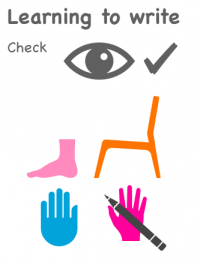Good Morning Boys and Girls,
For today’s topic I am going to ask you to relate the title of this post and a picture of one of my favourite Disney films. Can you guess what we will build today? Can you name the film?

.
.
.
Well done! Today we will build a Catapult, in order to do that I am going to show you some materials you can use and a possible way to do it. You can choose the level of difficulty you want:
Spicy: You can follow the steps from below.
Hot: You will build your own using your own way to do it.
With this activity you will be developing your Scientific skills, such as critical thinking, planning, problem-solving, persevering, following steps.
Some of you might need help or supervision when using the materials. If you realize you don’t have the exact materials you can always find other things to help you, that would be a fantastic problem-solving!
Score Card and Planner: Click the green link to find a handout that will track your design, play and questioning skills.
Materials

Steps 1
Collect all the materials you will need and set them on your table, ready to begin.

Step 2-3
As it is shown in the picture, pile up 7 popsicles and make a safe knot at the end of each. The 2 popsicles left, pill them up too and make a knot just at one end.
Steps 4-5
Like a big tweezer open the two popsicles and place them on top and under the other big pile. Make sure the one in the bottom passes between the last two popsicles of the pile. See picture below.

Step 6-7
Make sure everything is well tight and stable. At the end glue the lid at the tip of the popsicle, make sure it’s well glued before using it.
While you wait for it to dry you can start preparing your targets, here are two ideas.


Let’s begin the battle! You can comment on the post about your work and thoughts. Also, you can send me a photo of your design to amanda.maturana@aberdeenshire.gov.uk
This is mine, it was so fun trying it! There were a few things I didn’t have so I replaced them and it worked 🙂

Well done for trying!






















